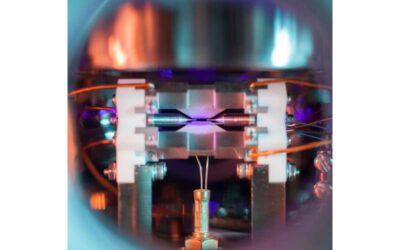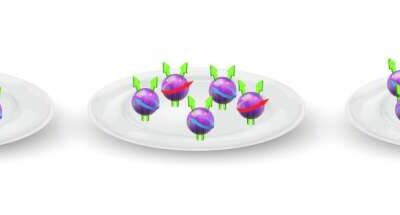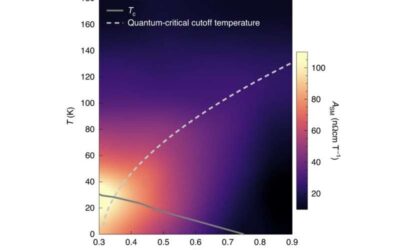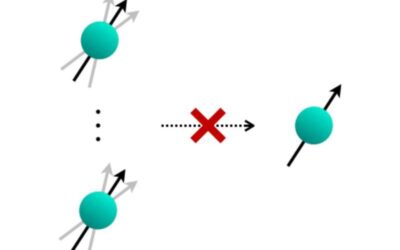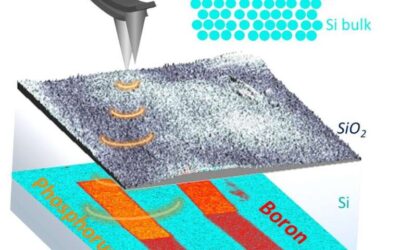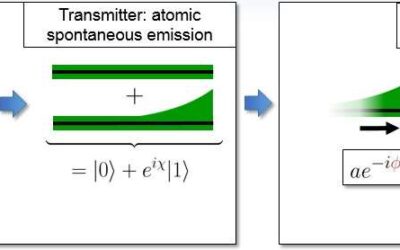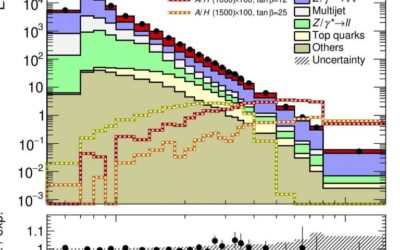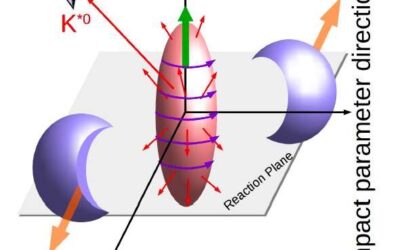In recent years, research teams worldwide have been trying to create trapped ion quantum computers, which have so far proved to be among the most promising systems for practical quantum computing implementations. In these computers, trapped ions serve as quantum bits...
Physics
The observation of Bloch ferromagnetism in composite fermions
Composite fermions are exotic quasi-particles found in interacting 2-D fermion systems at relatively large perpendicular magnetic fields. These quasi-particles, which are composed of an electron and two magnetic flux quanta, have often been used to describe a physical...
The Hall effect links superconductivity and quantum criticality in a strange metal
Over the past few decades, researchers have identified a number of superconducting materials with atypical properties, known as unconventional superconductors. Many of these superconductors share the same anomalous charge transport properties and are thus collectively...
Study identifies limits on the efficiency of techniques for reducing noise in quantum resources
Quantum technologies, such as quantum computers, quantum sensing devices and quantum memory, have often been found to outperform traditional electronics in speed and performance, and could thus soon help humans to tackle a variety of problems more efficiently. Despite...
Supernovae could enable the discovery of new Muonic physics
A supernova, the explosion of a white-dwarf or massive star, can create as much light as billions of normal stars. This transient astronomical phenomenon can occur at any point after a star has reached its final evolutionary stages.
Nanoscale imaging of dopant nanostructures in silicon-based devices
When fabricating integrated circuits and different types of silicon-based devices, researchers need to position dopant nanostructures in specific ways with high levels of precision. However, arranging these structures at the nanometer scale can be challenging, as...
A method to perform canonical phase measurements using quantum feedback
Light is known to have a number of fundamental properties, including color, brightness, and direction, most of which are immediately apparent and can be observed with the naked eye. There are now several instruments to detect and measure these properties, such as...
Searching for Heavy Higgs bosons decaying into two tau leptons with the ATLAS detector
In particle physics, three out of the four known fundamental forces in the universe, namely electromagnetic, weak and strong interactions, are described by a theory known as the standard model (SM). One extension of this model is supersymmetry (SUSY), a theoretical...
Study unveils the unstable nature of some topological phases
In recent years, physicists worldwide have been conducting studies exploring the characteristics and dynamics of topological phases of matter that could enable the development of quantum devices and other new technologies. Some of these phases are supported by what is...
The first evidence of vector meson spin alignment in heavy-ion collisions
The ALICE collaboration is a large group of researchers from over 100 physics institutes worldwide that focuses on the study of quark-gluon plasma using data collected by the ALICE (A Large Ion Collider Experiment) detector. ALICE is a heavy-ion detector designed to...

